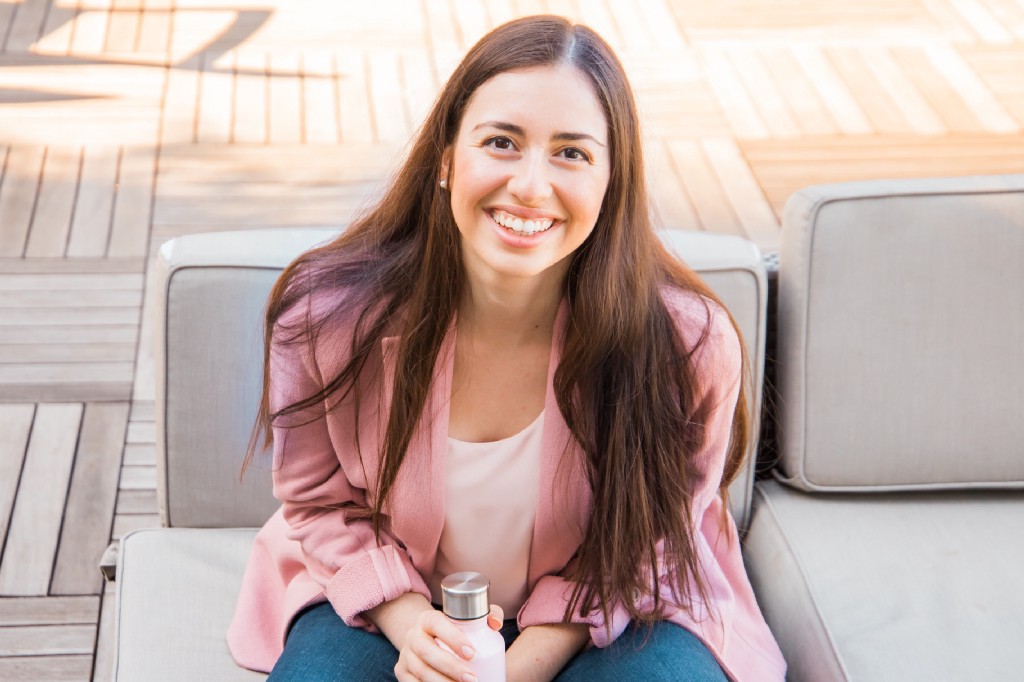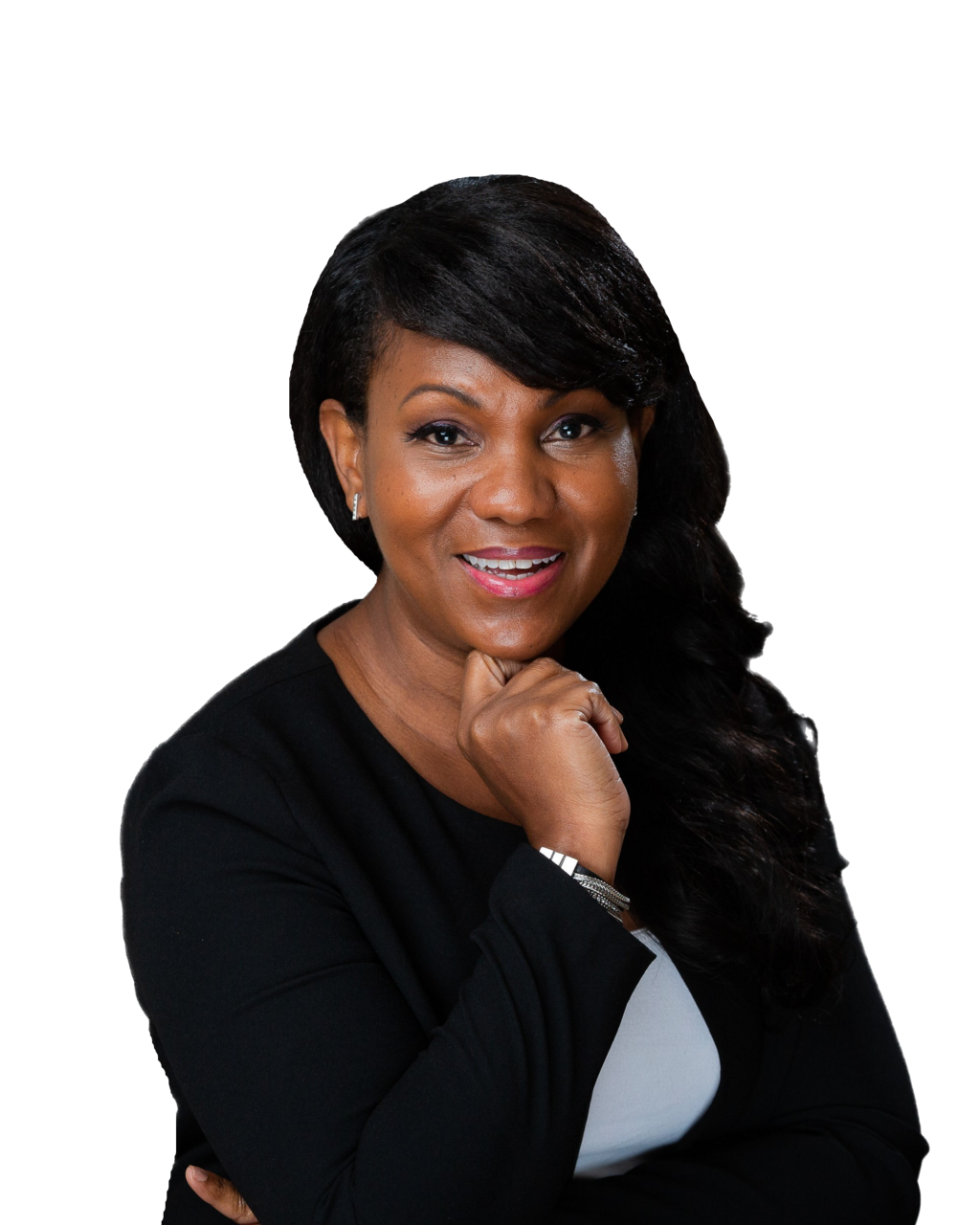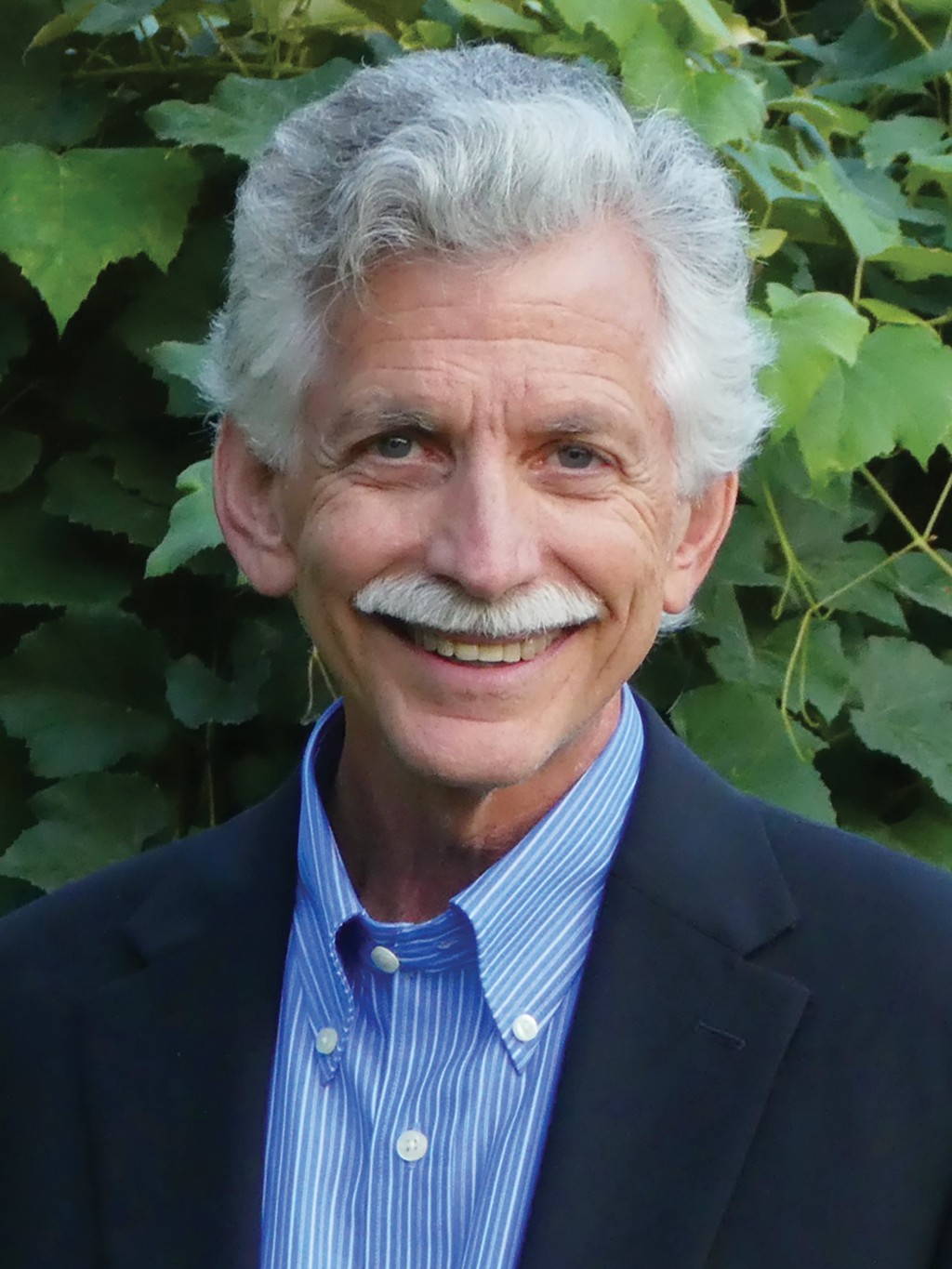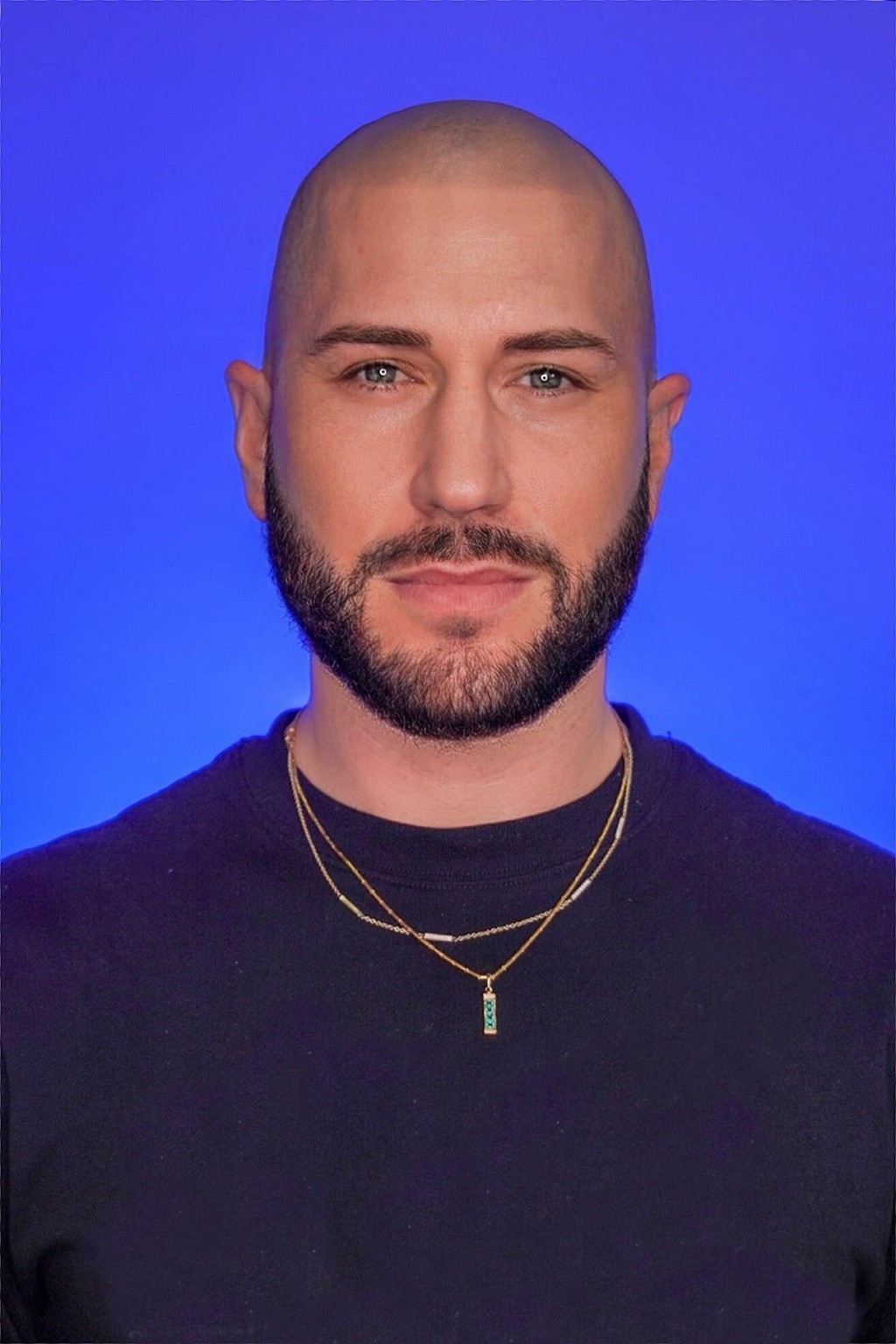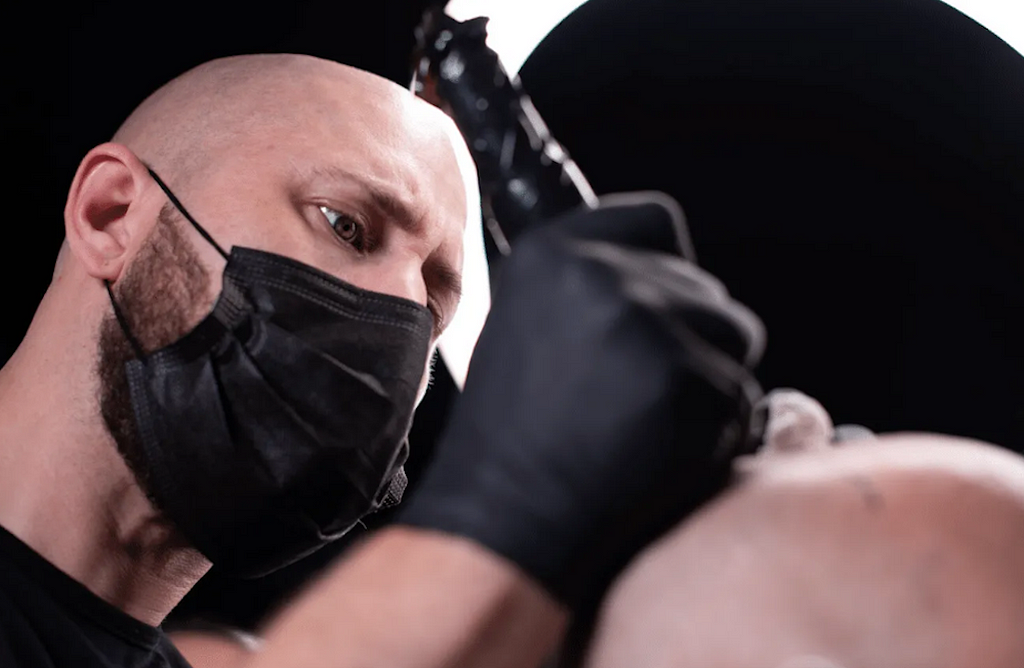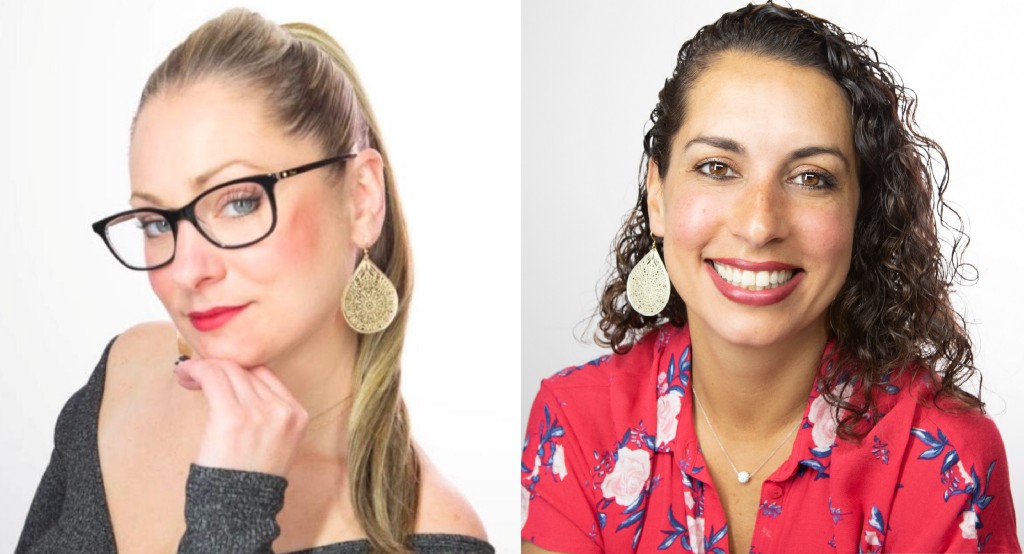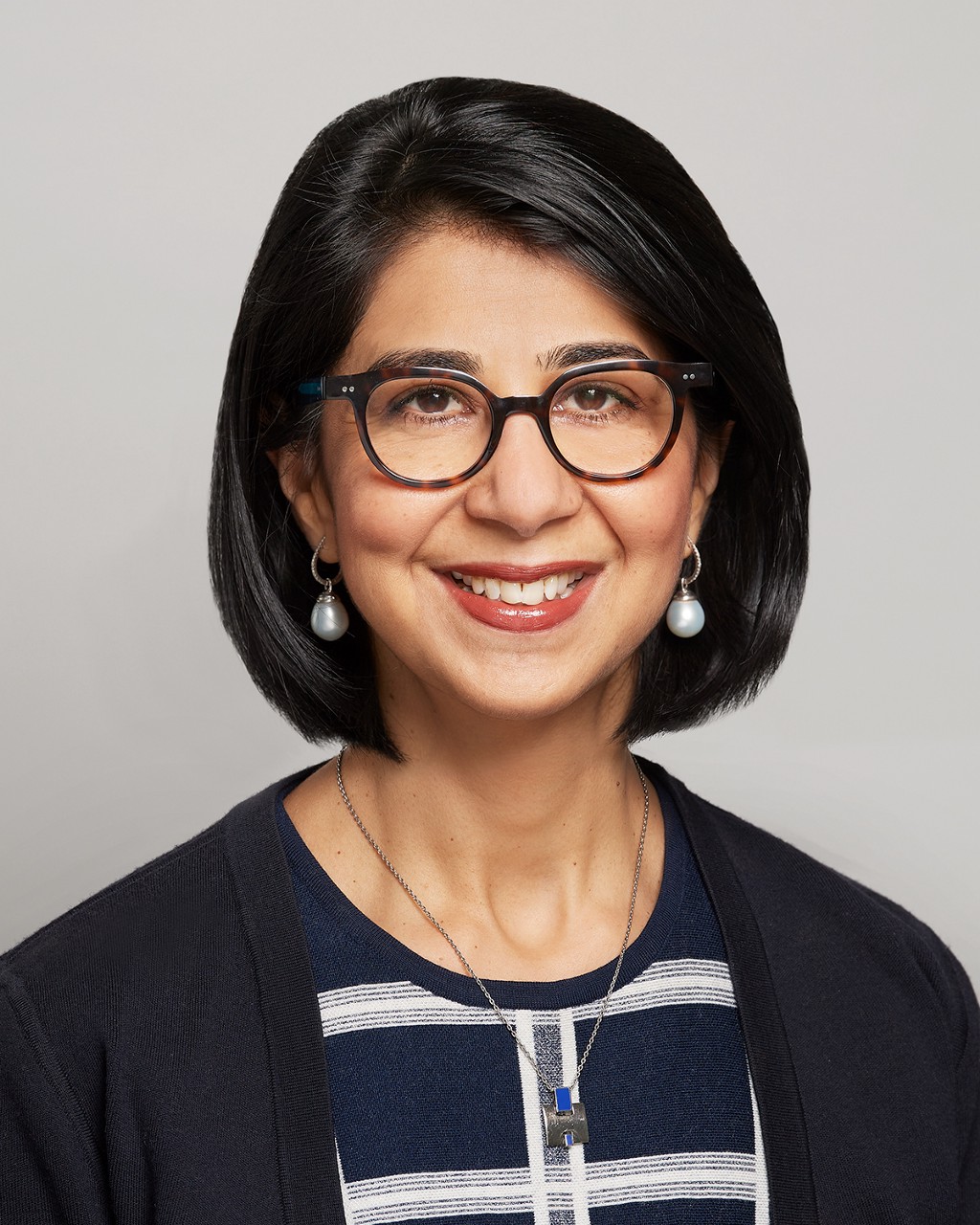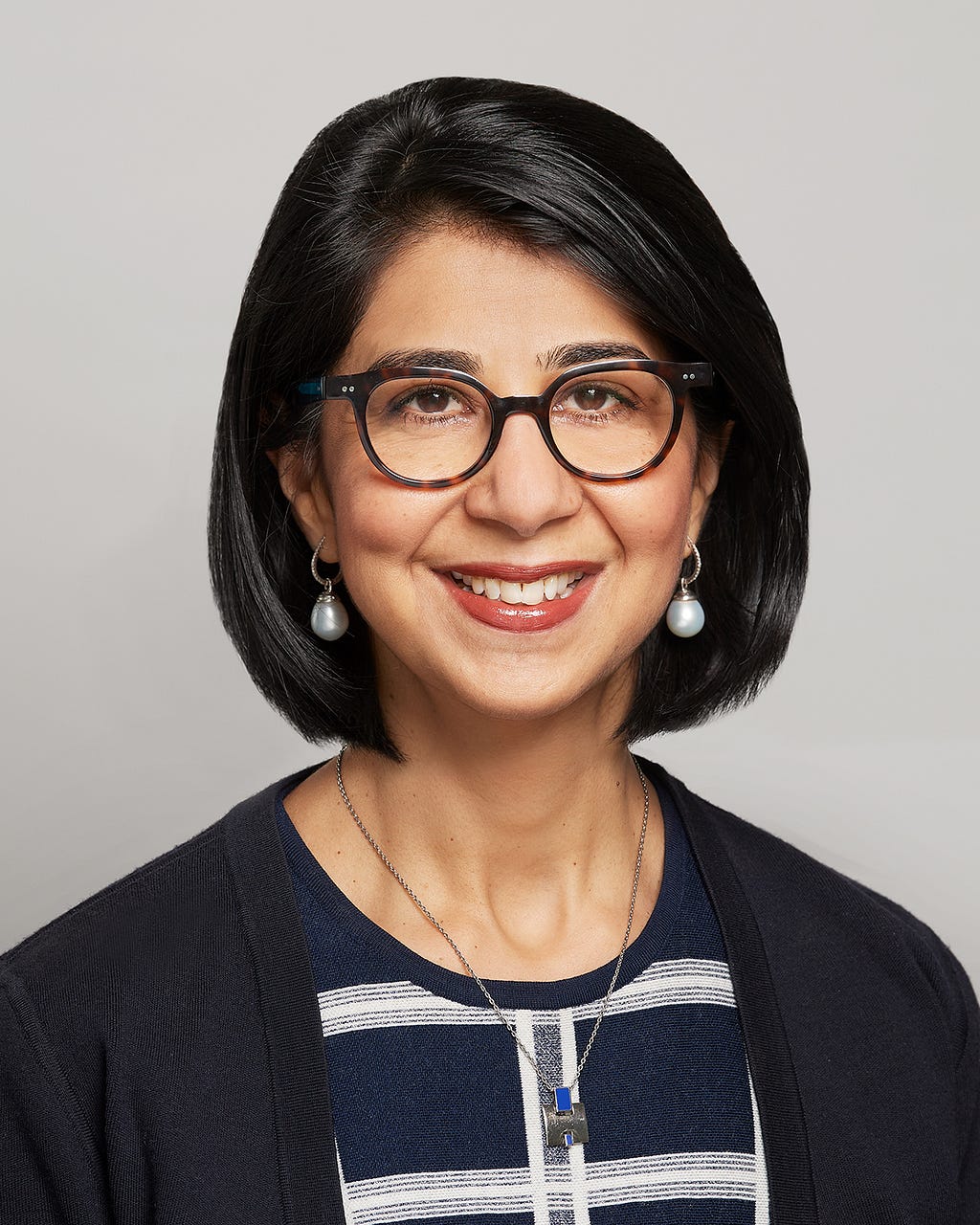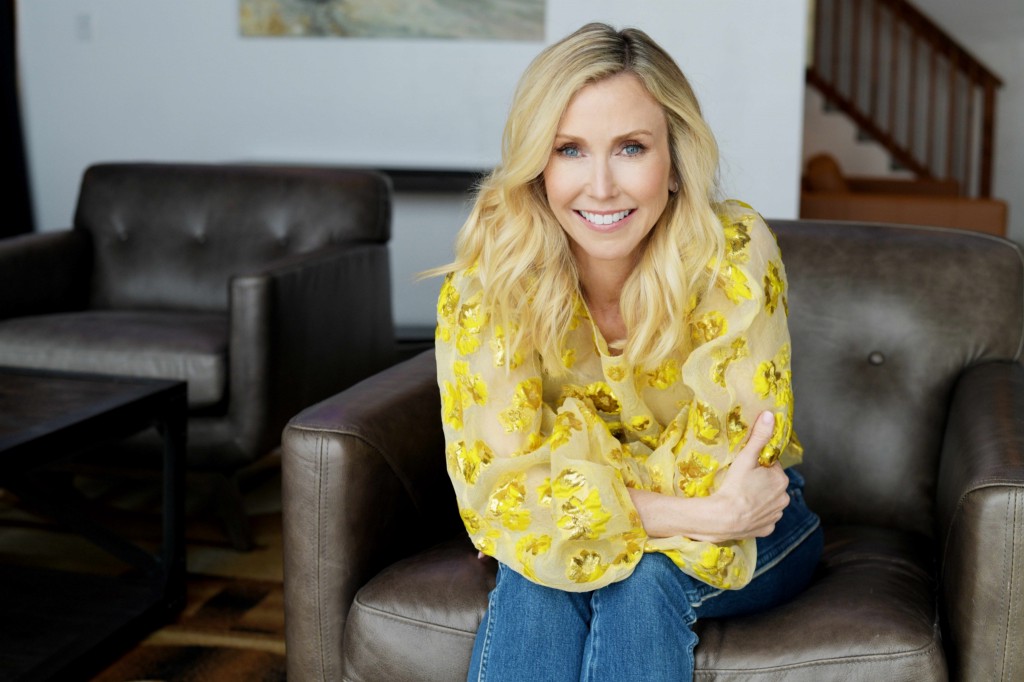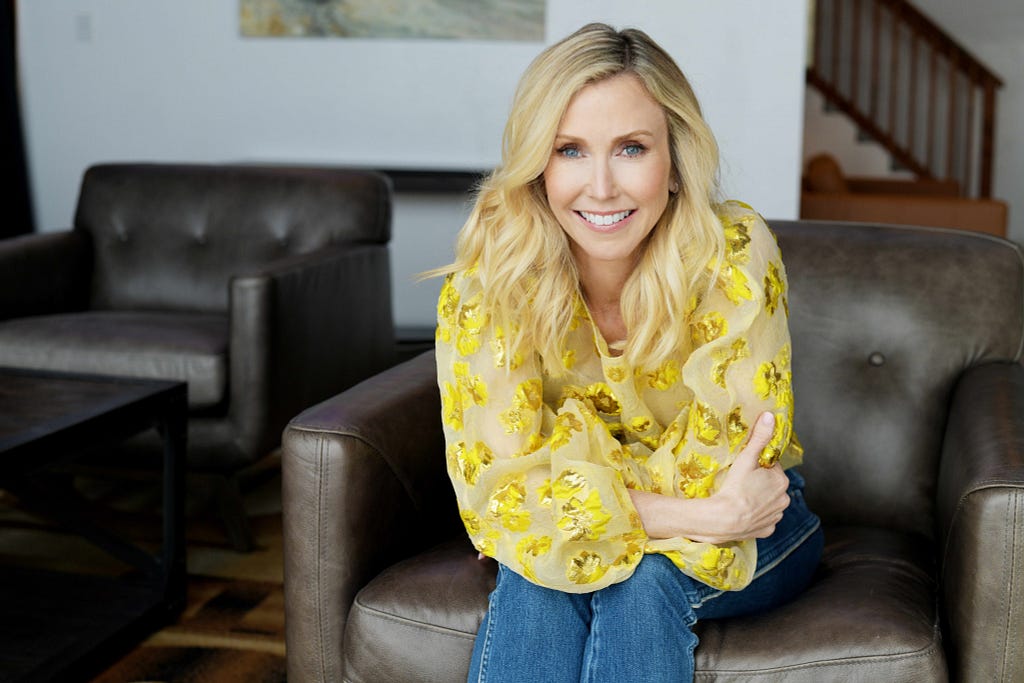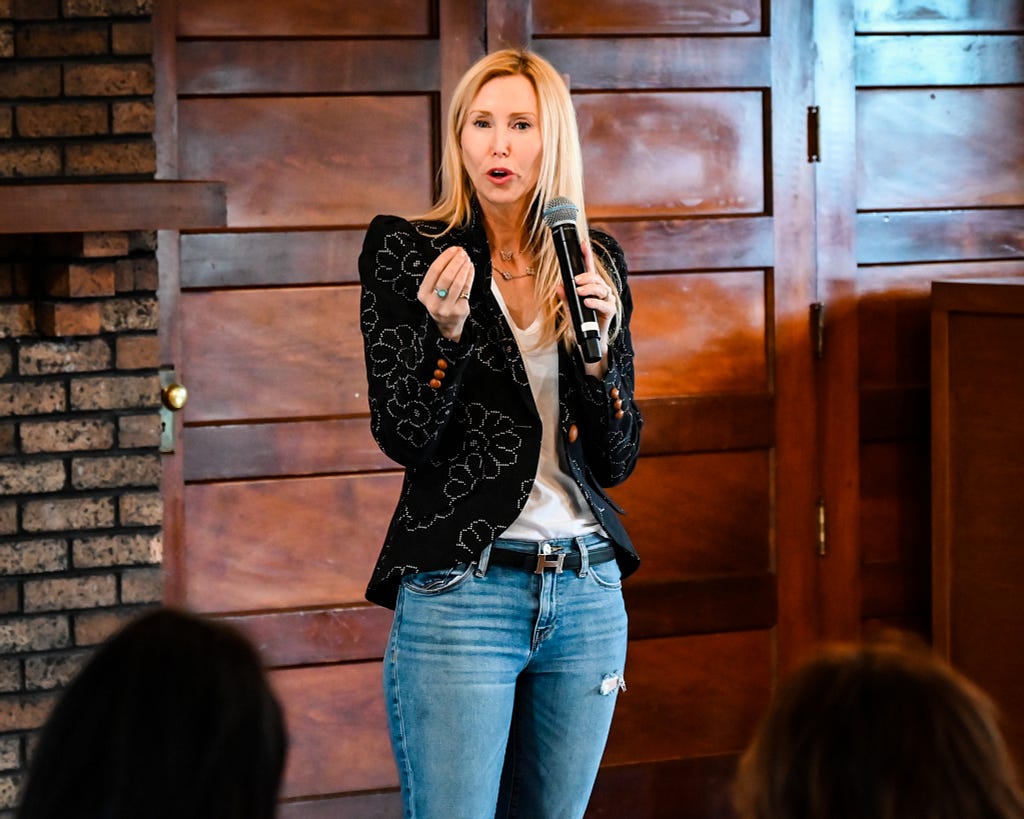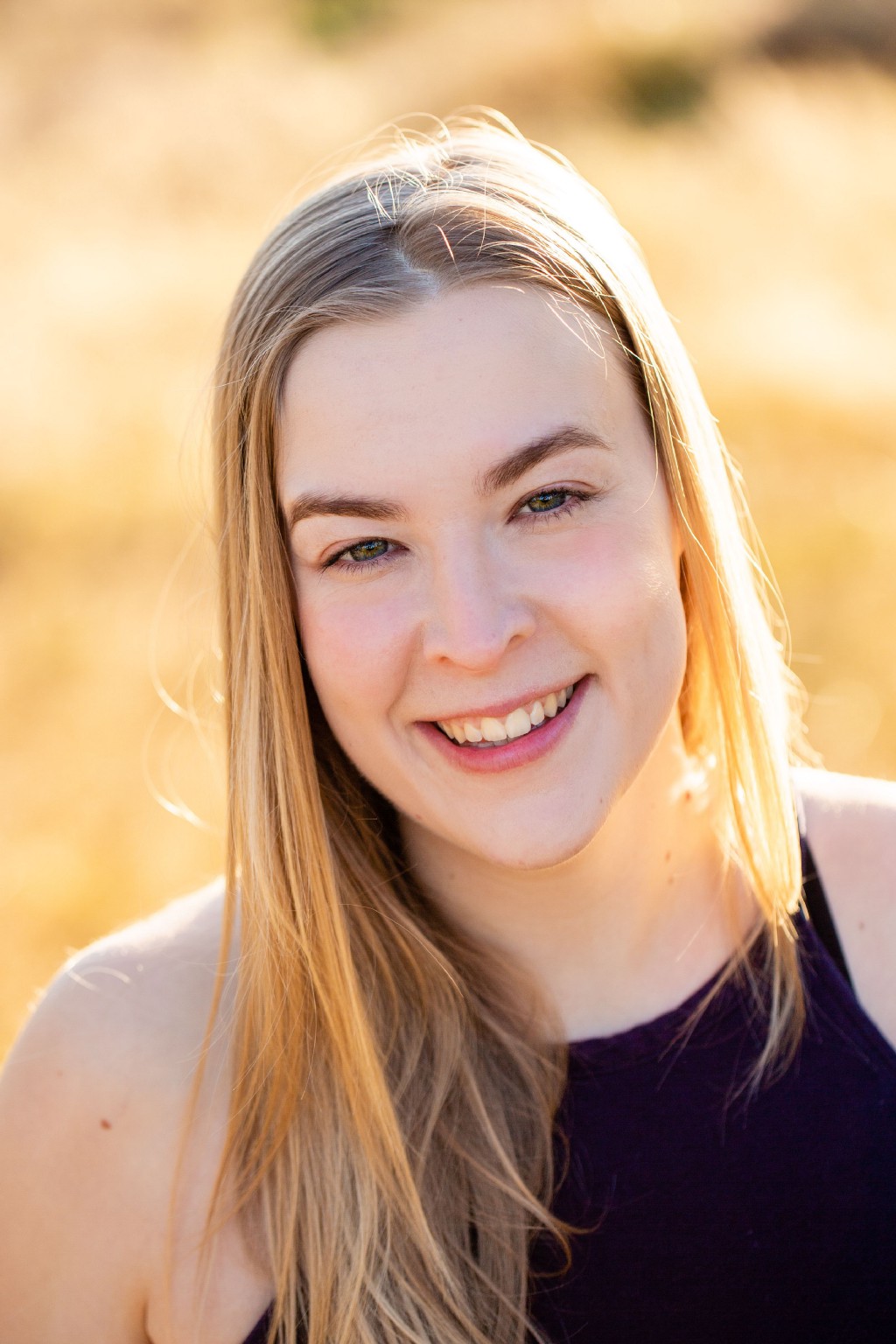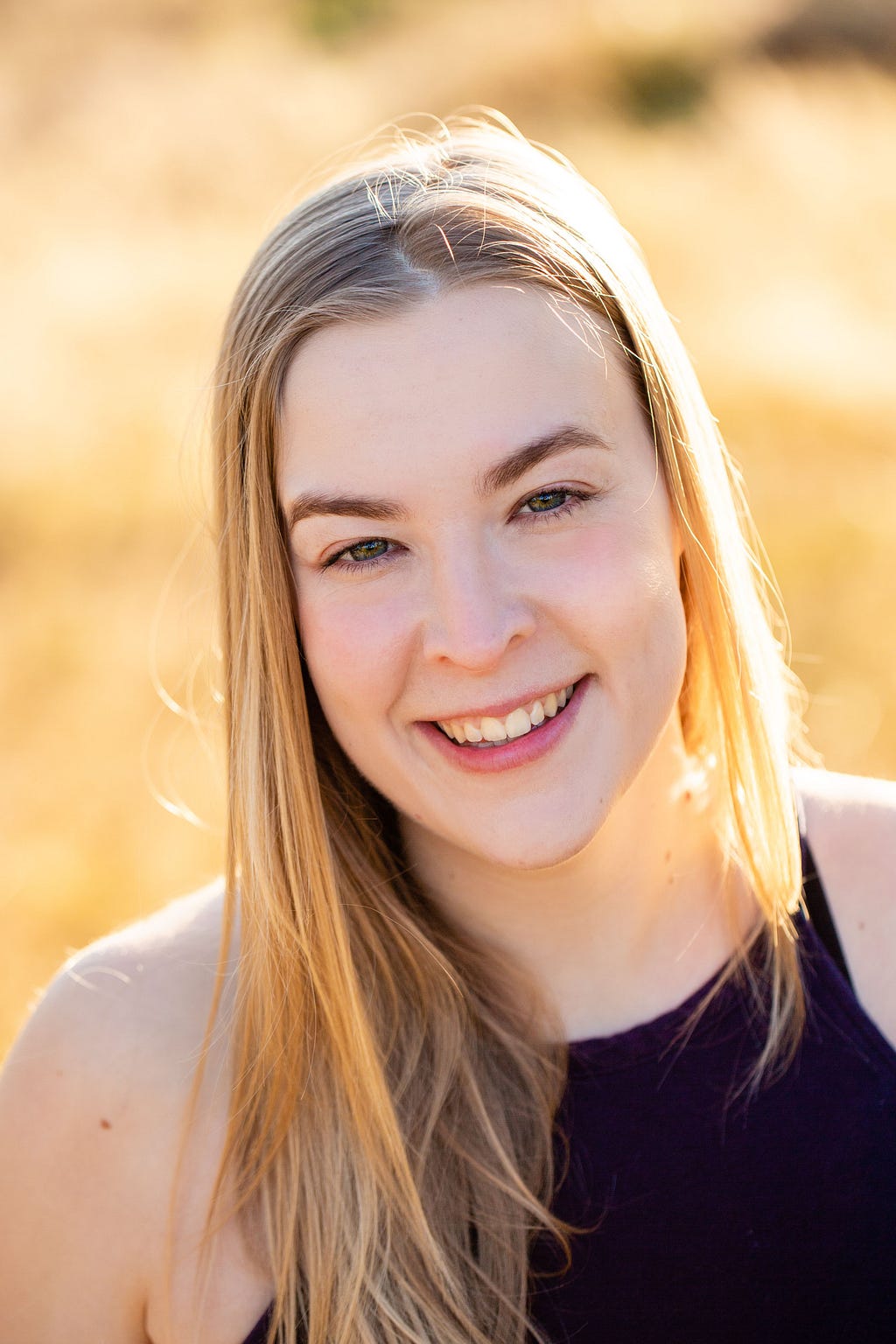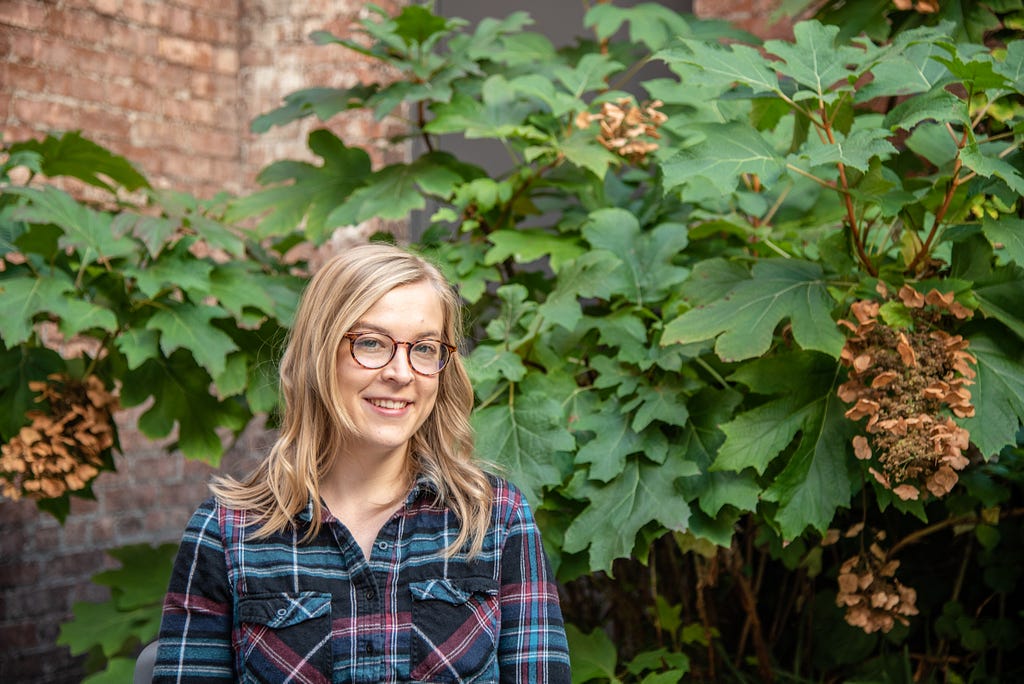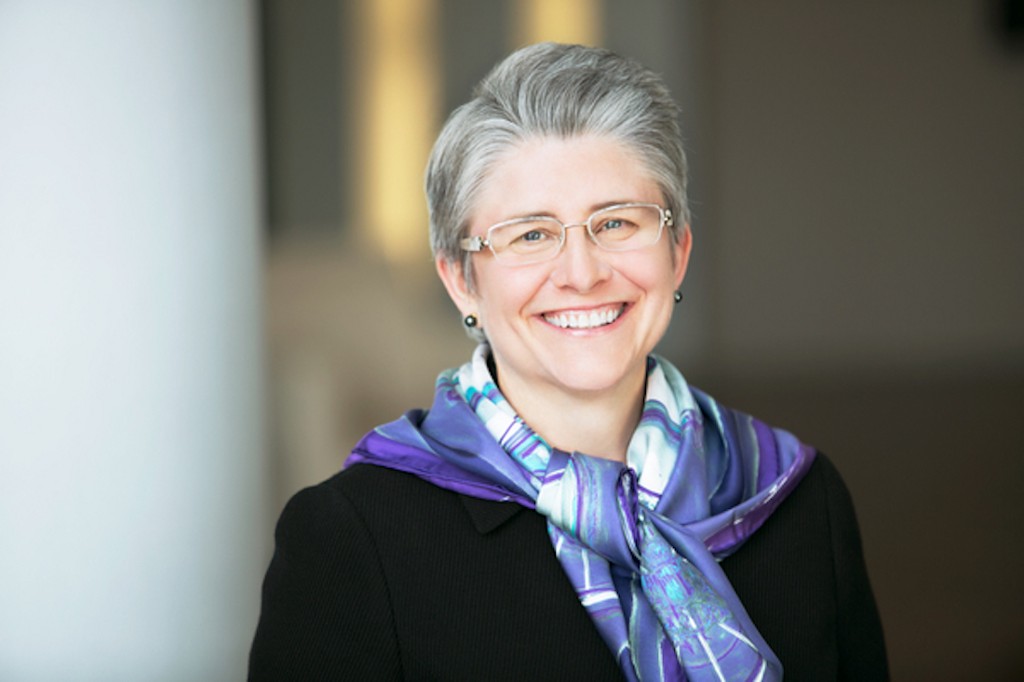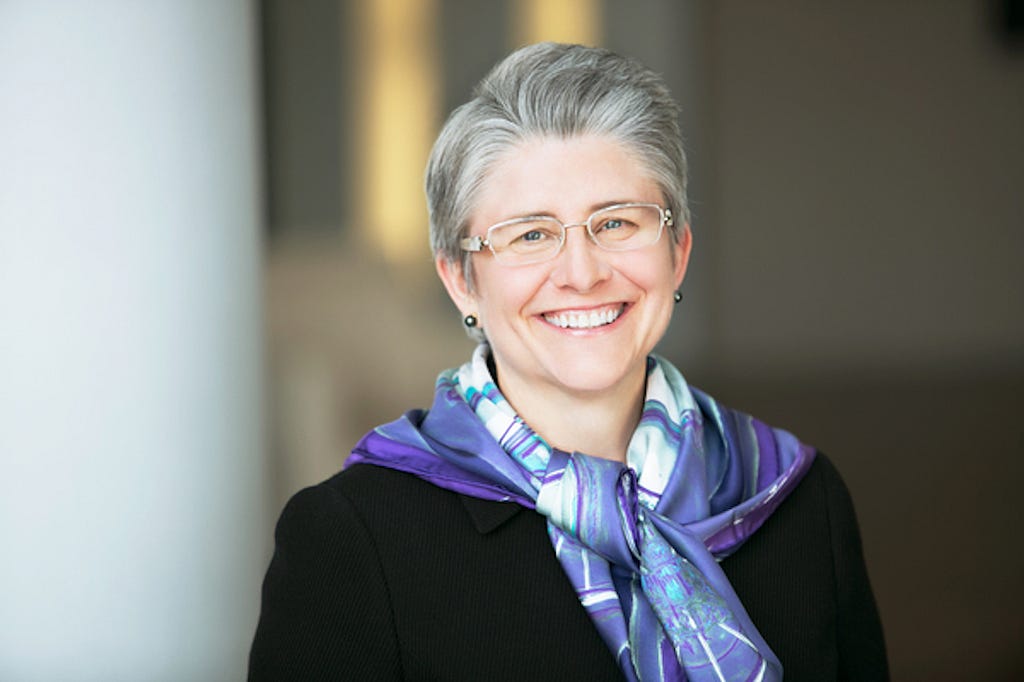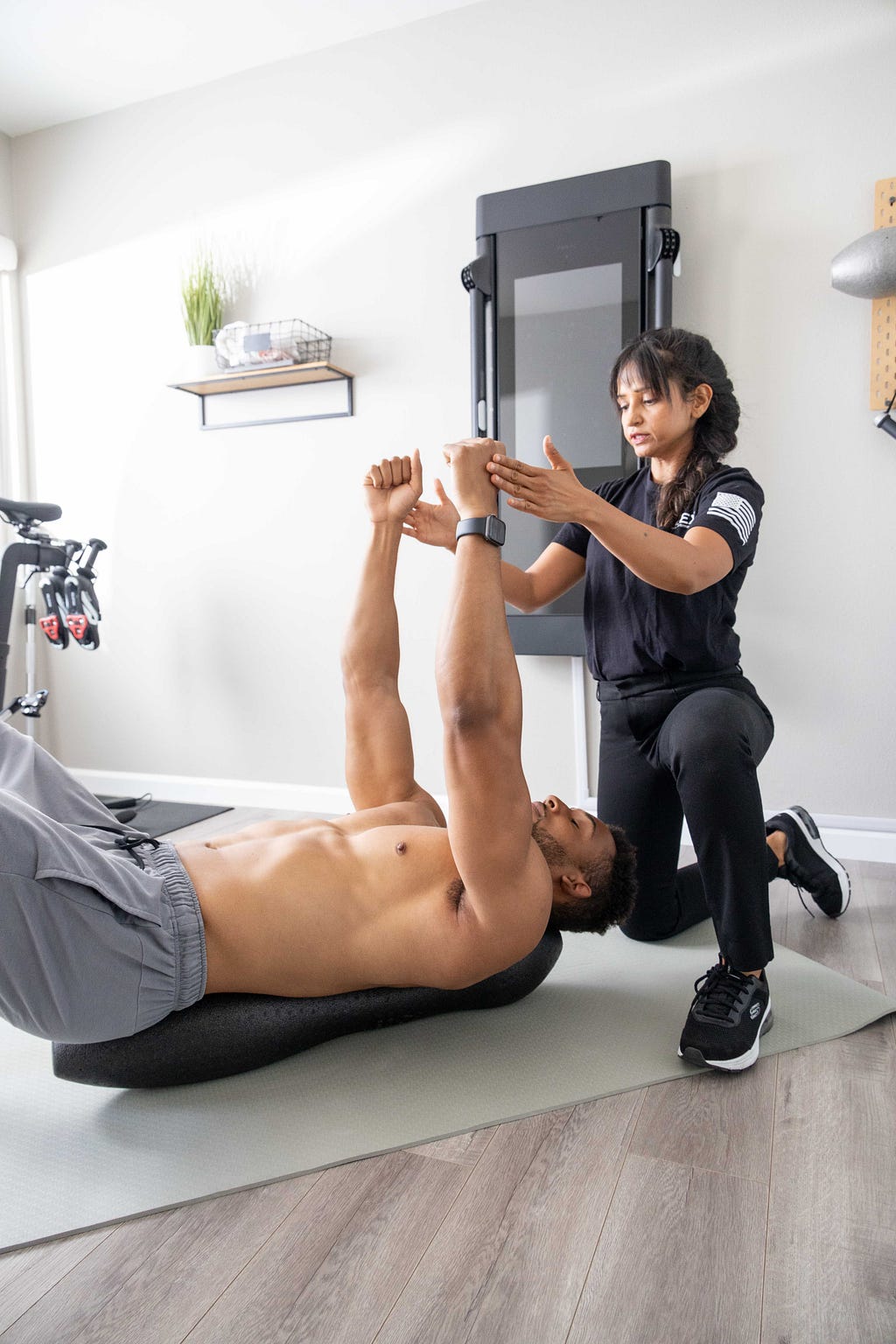Female Founders: Lucy Bedewi of My Write Hand Woman On The Five Things You Need To Thrive and Succeed as a Woman Founder
An Interview With Candice Georgiadis
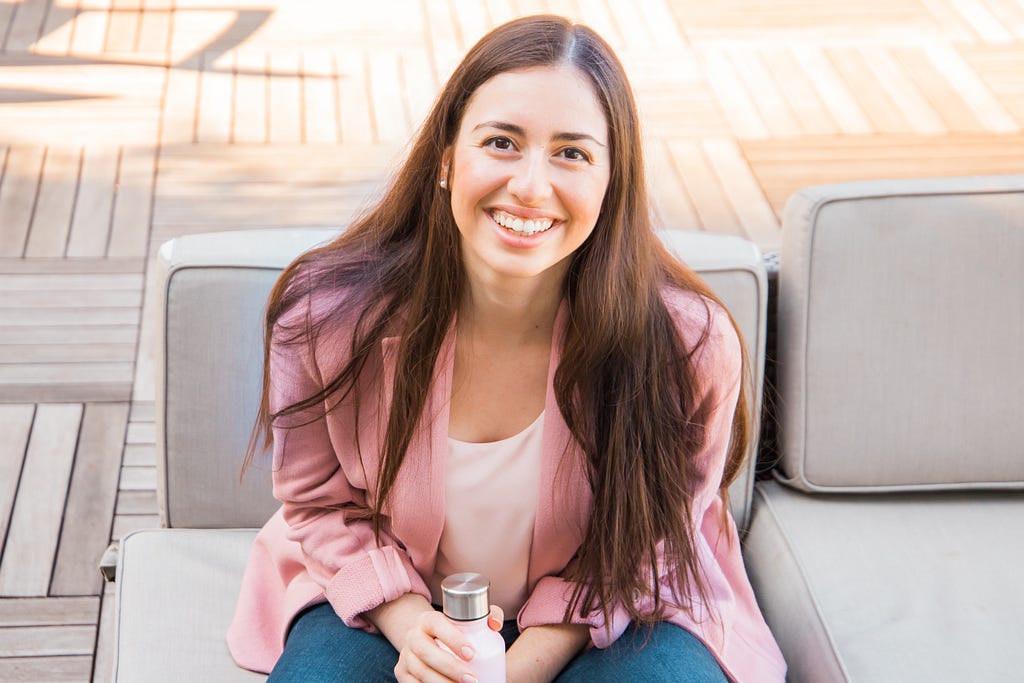
Give the people who support you a lot of love. That high school friend who shares all your launch announcements. Your first few clients or customers. That business owner who sent you an email, answering your questions. These people probably believed in you when you didn’t believe in you. Never lose sight of them.
As a part of our series about “Why We Need More Women Founders”, I had the pleasure of interviewing on Lucy Bedewi.
Lucy Bedewi is the copywriter behind the brand My Write Hand Woman. She specializes in writing personality-packed copy that converts for women-run businesses. She started her business straight out of college at age 21 and made six figures in her first full year in business. She’s the writer behind international corporations, fast-growth start-ups, world-famous bakeries, seven-figure coaches, and many creative entrepreneurs. She uses both the client’s brand voice and zesty humor so they can stand out online, create a fun brand presence and scale much faster.
You can connect with Lucy on her Instagram at @mywriterhandwoman, or her website www.mywritehandwoman.com.
Thank you so much for doing this with us! Before we dig in, our readers would like to get to know you a bit more. Can you tell us a bit about your “backstory”? What led you to this particular career path?
“You have too strong of a personality for the role.” That was the one-liner that started it all. So, when the world went into lockdown in 2020, I decided I was going to combine my marketing degree and love of writing to start my own copywriting business. I stopped interviewing for full-time jobs, told all my friends, absorbed all of the “you’re crazy” comments from people around me, and scaled the company to match my corporate salaries in 90 days. Because there is a belief inside of me that I will never shake. A woman will be successful because of her personality, not despite it. And that’s the energy I bring to every project, so I can help other powerful female entrepreneurs with web copy that lets them stand out, sell more, and create the impact they want to see in the world.
Can you share the most interesting story that happened to you since you began leading your company?
The story that always blows my mind is how I doubled my client base by starting to market with Reels. Even though I’m a Gen Z, the idea of dancing and pointing to market myself felt so…weird! But when IG reels started gaining traction, I wrote a sales page for the world’s first IG reels course. And let’s just say as I was proofreading the page, I was hooked. I converted myself, took the course, and got crazyyyyy results. And now, that’s one of the reasons why Reels are my #1 marketing strategy. I’m also in the advanced version of that reels course right now. Best impulse buy ever!
Can you share a story about the funniest mistake you made when you were first starting? Can you tell us what lesson you learned from that?
Oh man, I’ve made a lot of un-funny mistakes that made me be like, “why the heck did I do that”, but one of the lighter ones was an ad gone wrong. I was writing an ad for a client, and we went back and forth a couple of times revising the language for a scented product with the word “kickass” on it. Needless to say, a few comments had a field day on it, saying, “I don’t really want to know what they smell like.” All we could do is laugh right along with the comments! The lesson with that is the tiniest word decision makes a big difference. This was an innocent example, but I’m always helping my clients use more inclusive language, and try to double-check their humor to ensure viral ads won’t tip into the “offensive” category and hurt their company.
None of us are able to achieve success without some help along the way. Is there a particular person who you are grateful towards who helped get you to where you are? Can you share a story about that?
I’m going to give the cheesy answer and say my parents. I think a lot of parents wouldn’t be supportive of their kids saying no to perfectly stable job offers and going at it alone right after college. My parents never doubted me. They told me I could stay at home until the business grew, listened to all of my new business frustrations, cheered me on when I signed a new client, and continued to believe in me even when I thought it was towel-throwing time. I don’t think I would have been able to get through the 14-hour workdays in lockdown without them always being by my side, rooting for me to follow my passion.

Ok, thank you for that. Let’s now jump to the primary focus of our interview. According to this EY report, only about 20 percent of funded companies have women founders. This reflects great historical progress, but it also shows that more work still has to be done to empower women to create companies. In your opinion and experience what is currently holding back women from founding companies?
I think it comes down to confidence and societal barriers. On the confidence side, we are not raised as women to be assertive, take risks, ask for what we deserve, and waltz into things when we only have 50% of the knowledge. And those four bullet points may as well be the pillars of entrepreneurship. Before we can be successful, we have to break through these limits in our minds, which is a whole journey in itself. But on top of that, we’re expected to have familial aspirations while fighting to close the pay gap and get funding for big ideas. I think all of that combined is holding women back from really going for it. And it’s not the fault of the individual woman when you look at everything that’s happening around her.
Can you help articulate a few things that can be done as individuals, as a society, or by the government, to help overcome those obstacles?
On the macro level, we need to support women. Paid paternity leave that matches maternity leave to encourage both parents to share family responsibilities. More women hires at VC firms, specifically women of color, so founders seeking funding have peers that can give them the tools they need to grow. Ensuring women have healthcare and rights to their bodies, so they can make decisions outside of their career that will help them move forward. And on the micro level, we have to celebrate women making big moves. Calling a woman a b*tch for speaking her mind is incredibly harmful, because it’s subconsciously telling other female founders to “sit down and be nicer”. We need to encourage the women around us to take risks, stand out, and believe in their abilities. And it could start with supporting your friend’s side hustle by liking her Instagram. It doesn’t take a lot of effort.
This might be intuitive to you as a woman founder but I think it will be helpful to spell this out. Can you share a few reasons why more women should become founders?
It has been proven that women are outperforming their male counterparts when investing, yet they’re starting to invest years later than them. The idea that women don’t take risks is outdated. Companies have greater stability when they hire women leaders. The data makes an obvious case for women becoming founders. But beyond the data, women are half the population. We have ideas, intelligence, creativity, dreams, and out-of-the-box solutions. If we can give more women a platform and a push to act on those, the entire world will be better off in a multitude of industries.
What are the “myths” that you would like to dispel about being a founder? Can you explain what you mean?
That being a founder is glamorous. I don’t wake up every morning, put on a pencil skirt, head to a WeWork, drink my snooty sparkling water, and walk around NYC with unparalleled confidence. I wake up, make to-do lists, peep my Google calendar, set up at my kitchen table, text my teammates, heat leftovers for lunch, and sometimes work late into the night or the middle of the night if I forget to do something. You’re always “on”, and the company’s success depends on you. So, the glitz and glamour definitely go into the “sometimes” category because there is a lot of behind-the-scenes messy work. At the same time, I want to bust the myth that all founders work 24 hours. If you work smart, outsource to the right people, and structure your business with systems that automate your processes — you can absolutely unplug. I take vacations, don’t work when I’m sick, go out on the weekends, and get 8 hours of sleep every night. Being a founder is definitely not a burnout path, but you have to be willing to give up control to grow.
Is everyone cut out to be a founder? In your opinion, which specific traits increase the likelihood that a person will be a successful founder and what type of person should perhaps seek a “regular job” as an employee? Can you explain what you mean?
This is a tough one. I think anyone with passion and drive can start a company and grow it. This is assuming they have resources as well, such as funds, time, basic needs met, etc. — because yes, you can be scrappy, but it’s really hard to start a company if you’re unable to give it your attention. I think the founder who will succeed is the founder with grit. The person who’s so resilient that a no won’t set them back. I also think a strong founder must be decisive, creative, smart, and innovative. A person who gets stressed easily, likes to relax after work, doesn’t like making high-stakes decisions, and is uncomfortable with risk should probably work for someone. They’ll be much happier.
Ok super. Here is the main question of our interview. What are your “5 Things I Wish Someone Told Me Before I Started” and why? (Please share a story or example for each.)
You will be tested. I always thought I was even-tempered and good at coping with stress, but wow, my business keeps throwing curveballs at me. You just have to breathe, feel, and let the hard days pass. They don’t last forever.
You won’t know everything. In fact, you won’t know most things. I started my business with a marketing degree. Everything I learned about marketing came from actually doing the marketing for clients. I didn’t know a thing about writing sales copy until I started getting in there, and helping clients write pages that got results. You just have to try your best in the beginning.
You have to be decent at everything — contradicting my last point. As a founder, you kind of need to be good at everything at the beginning. Learn how to present yourself well because you’re the salesperson. Learn social media because that is the future of advertising. Stay organized and strategically minded, because really, it’s all you before you grow into a company that can outsource.
Give the people who support you a lot of love. That high school friend who shares all your launch announcements. Your first few clients or customers. That business owner who sent you an email, answering your questions. These people probably believed in you when you didn’t believe in you. Never lose sight of them.
Scaling makes things harder, not easier. I thought it was so glamorous to hire a team of seven, outsource the smaller tasks, and refer to my company as a “we” not “I”. I was wrong. Managing a team, especially if you’re not a “good manager” (no shame in that), is tough. Stay streamlined and ensure that you get strong people for a specific role when you hire. This way, you can scale without making your life too complicated.
How have you used your success to make the world a better place?
My impact comes from the women who trust me to write for them and scale their company with copy that propels them into speedy growth. Nothing lights me up more than helping a single mom be able to quit her job and spend more time with her baby because she made $20K in one week by launching a group program. I love watching my clients lean into their personalities, go from scared to exhilarated, and scale the dream that used to be such a stretch for them to imagine accomplishing it.
You are a person of great influence. If you could inspire a movement that would bring the most amount of good for the greatest number of people, what would that be? You never know what your idea can trigger.
I would want to start the “Write with Personality” movement. Out with the “to whom it may concern” or “let’s circle back” rhetoric. Direct, clear, casual communication is what gets results. It lets people connect with you in a real, magnetic, and compelling way. We see this in sales copy, but I want to see this more whether we’re writing a book, a heartfelt letter, or a corporate email. Personality adds color to the entire Internet world.
We are very blessed that some very prominent names in Business, VC funding, Sports, and Entertainment read this column. Is there a person in the world, or in the US with whom you would love to have a private breakfast or lunch with, and why? He or she might just see this if we tag them.
It would have to be Sara Blakely. I’m so inspired by her drive when she was starting Spanx. Not only is she creative and brilliant, but she also supports her team. I think a breakfast could be really fun, but I might spend the first two minutes totally fangirling before I can actually talk about business stuff.
Thank you for these fantastic insights. We greatly appreciate the time you spent on this.
Female Founders: Lucy Bedewi of My Write Hand Woman On The Five Things You Need To Thrive and… was originally published in Authority Magazine on Medium, where people are continuing the conversation by highlighting and responding to this story.


